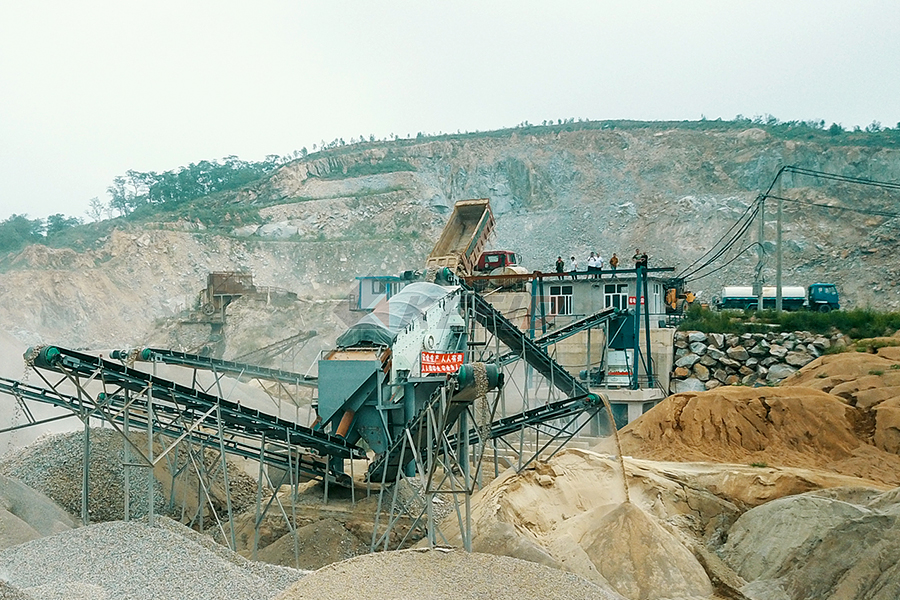# The Comprehensive Guide to Grinding Brick and Concrete: Techniques, Tools, and Best Practices
## Introduction
Grinding brick and concrete is a fundamental process in construction, renovation, and demolition projects. Whether smoothing rough surfaces, removing coatings, or preparing substrates for new installations, grinding ensures durability and aesthetic appeal. This guide explores the techniques, tools, safety measures, and best practices involved in grinding brick and concrete effectively.
## Chapter 1: Understanding Brick and Concrete Grinding
What Is Grinding?
Grinding is an abrasive machining process that removes material from surfaces using rotating discs or wheels embedded with abrasive particles. In masonry work, grinding helps achieve smooth finishes, eliminate imperfections, or expose aggregate textures.
Why Grind Brick and Concrete?
Common reasons include:
– Surface Preparation: Ensuring adhesion for tiles, epoxy coatings, or sealants.
– Leveling Uneven Surfaces: Correcting bumps or irregularities in floors or walls.
– Removing Coatings: Stripping paint, adhesives, or sealants before refinishing.
– Restoration: Reviving aged or damaged masonry by smoothing cracks or spalling.
– Decorative Finishes: Creating polished concrete floors or exposed aggregate designs. 
## Chapter 2: Tools and Equipment for Grinding Brick and Concrete
Handheld Grinders
– Angle Grinders: Versatile tools with diamond cup wheels for small-scale projects (e.g., edge work).
– Handheld Concrete Planers: Heavy-duty grinders for rapid material removal. .jpg)
Walk-Behind Floor Grinders
Ideal for large slabs:
– Single-Disc Grinders: Suitable for residential projects (< 1,000 sq ft).
– Dual-Disc Grinders: Efficient for commercial spaces (> 1,000 sq ft).
– Planetary Grinders: Multi-head systems providing ultra-smooth finishes (e.g., polished concrete).
Diamond Abrasives
Key types:
1. Bonded Abrasives (Metal/Sintered Bonds): Durable but generate heat; require water cooling.
2. Resin-Bonded Abrasives: Softer bonds for fine polishing stages.
3. Hybrid Bonds: Combine metal/resin advantages for balanced performance.
Segmentation matters:
– Turbo Segments: Aggressive cutting; ideal for hard concrete.
– Continuous Rim Segments: Smoother finishes




